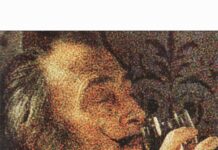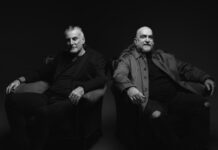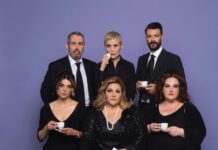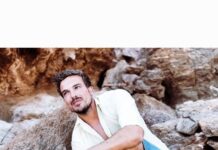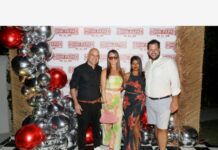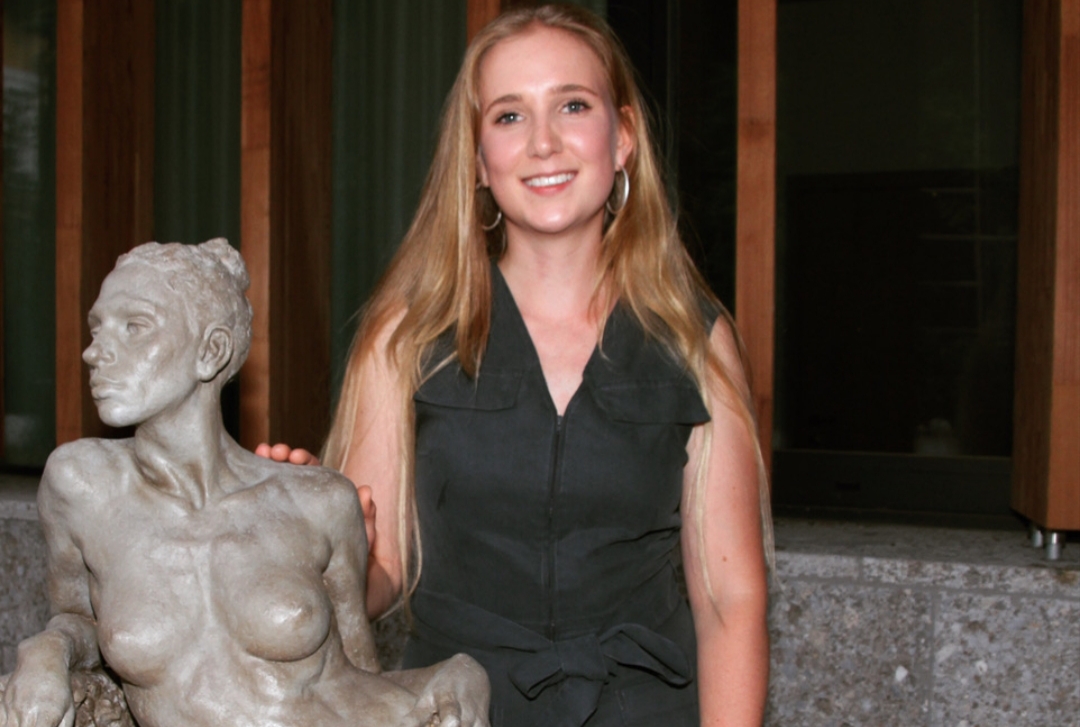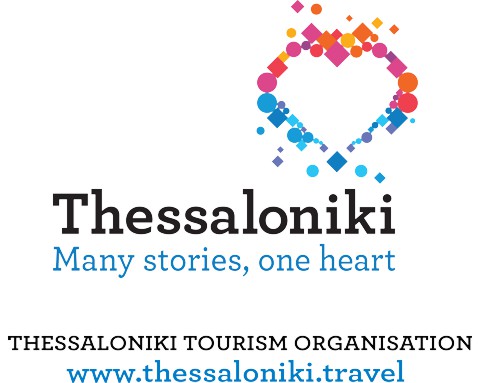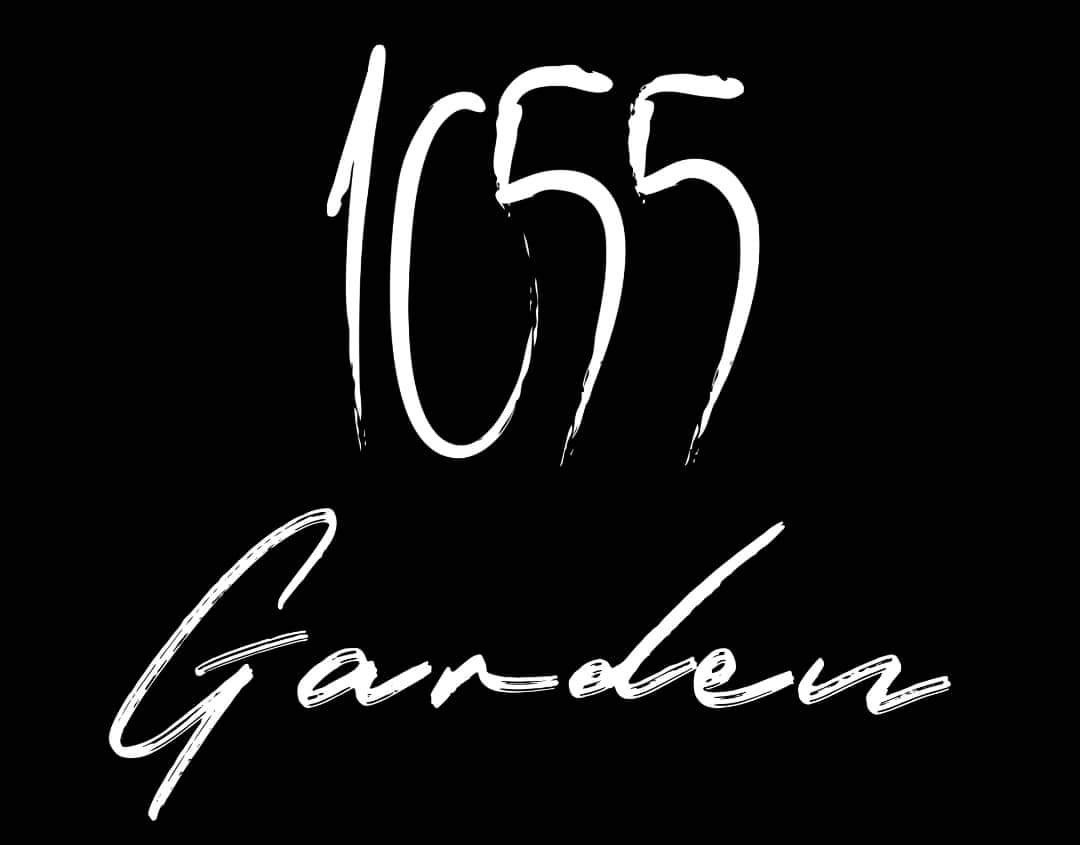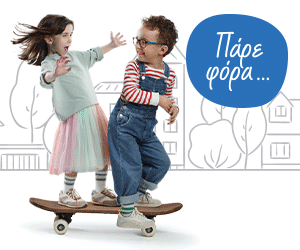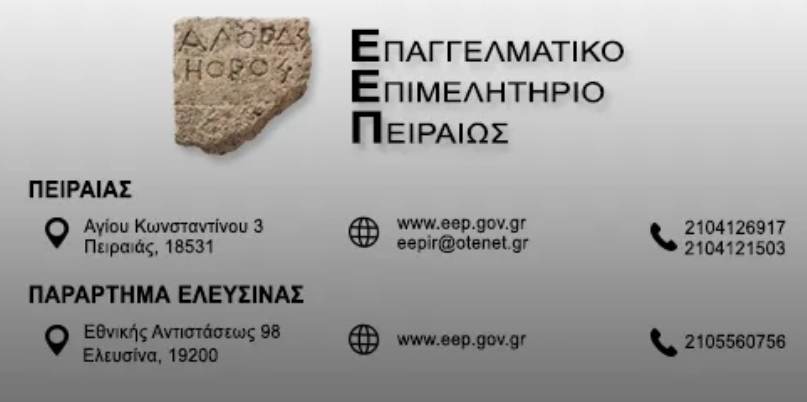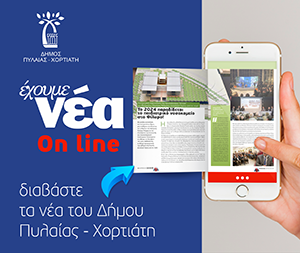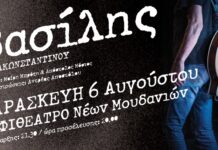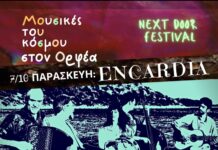“I would describe myself as a realistic academic sculptress, who is finding her individual path to express herself”
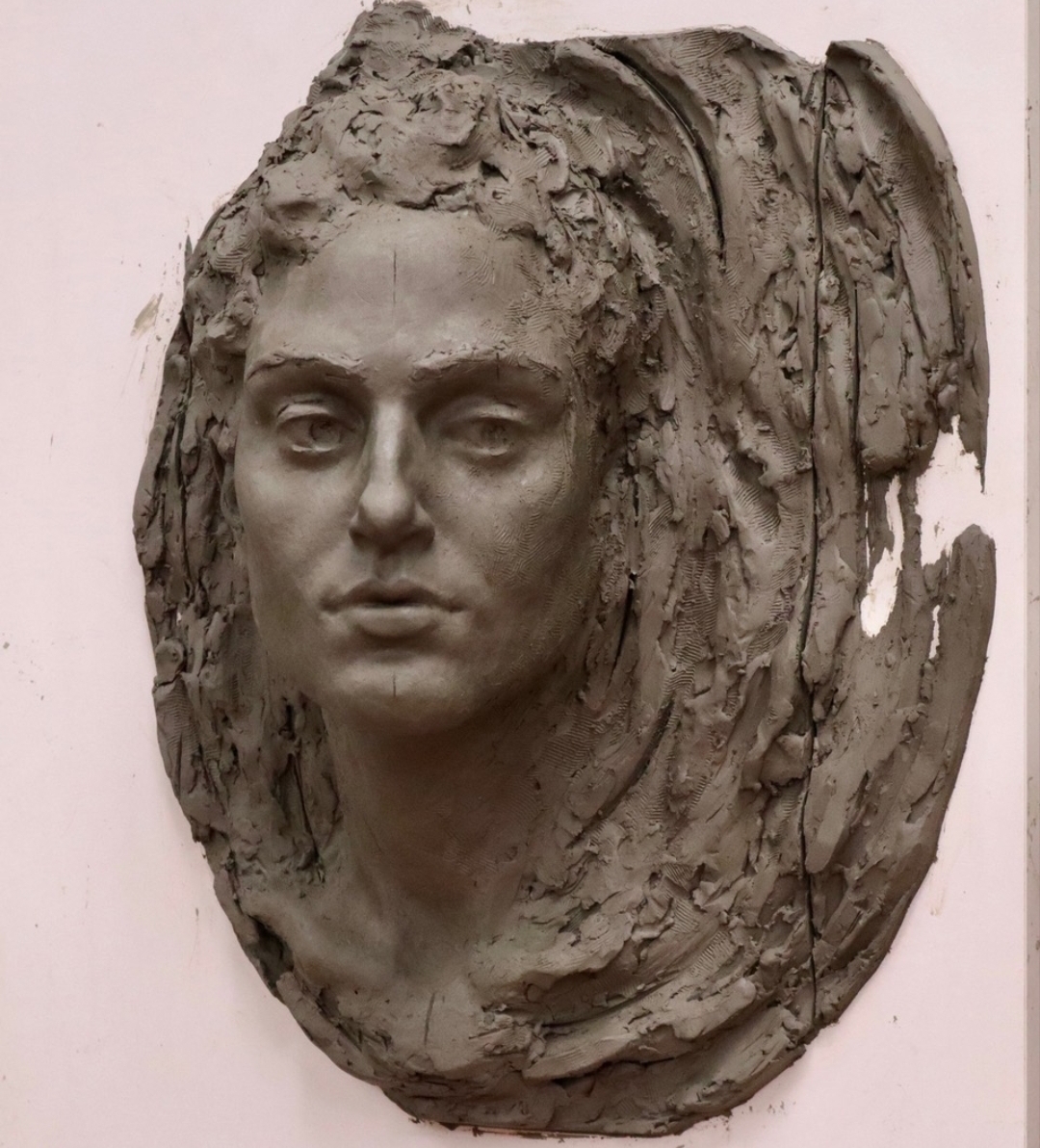
How and when did you start dealing with Art systematically? I was surrounded by art from a young age. My mother always took me to museums and gave me the opportunity to express myself artistically. Not just drawing and sculpting but also playing the violin and piano. The household I grew up in was very engaged in any kind of art. I began to study art as a child at the Musisches Gymnasium, Salzburg in 2008. Aged 14, I transferred to the HTL Hallein School of Practical Arts to pursue my passion for sculpting. The emphasis of the school is to teach students how to hone their skills in a variety of mediums. I learned to carve in marble and wood, work with metal, and model in clay. I graduated from HTL Hallein School as a sculptor in 2016. In the summer of 2015, I worked in the Gallery Schloss Wiespach, Hallein. There, artists from all over the world are granted studio spaces to work in for one month. I found myself working with sculptors like Gregoz Gwiazda, Debasish Bera, and Eudald de Juana Gorriz. They introduced me to The Florence Academy of Art, where I have been studying since.
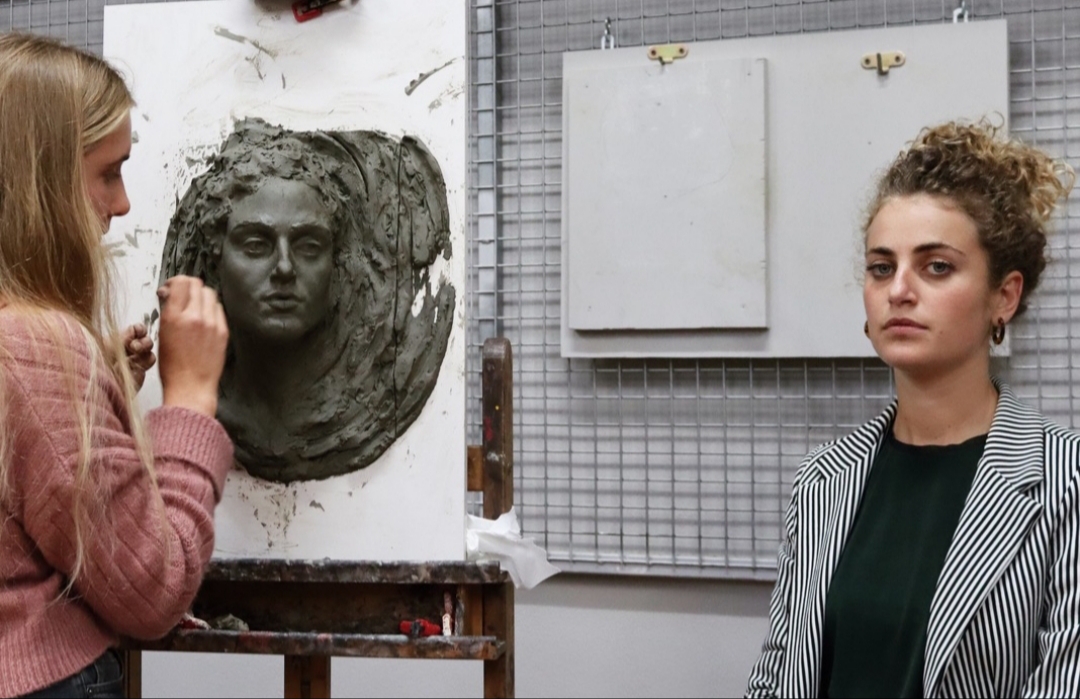
In which current or movement would you include your works? At the moment I wouldn’t put myself into one specific movement because I also think that will change over time. Putting myself into a box might limit me from discovering new ways.
For now, I would describe myself as a realistic academic sculptress, who is finding her individual path to express herself.
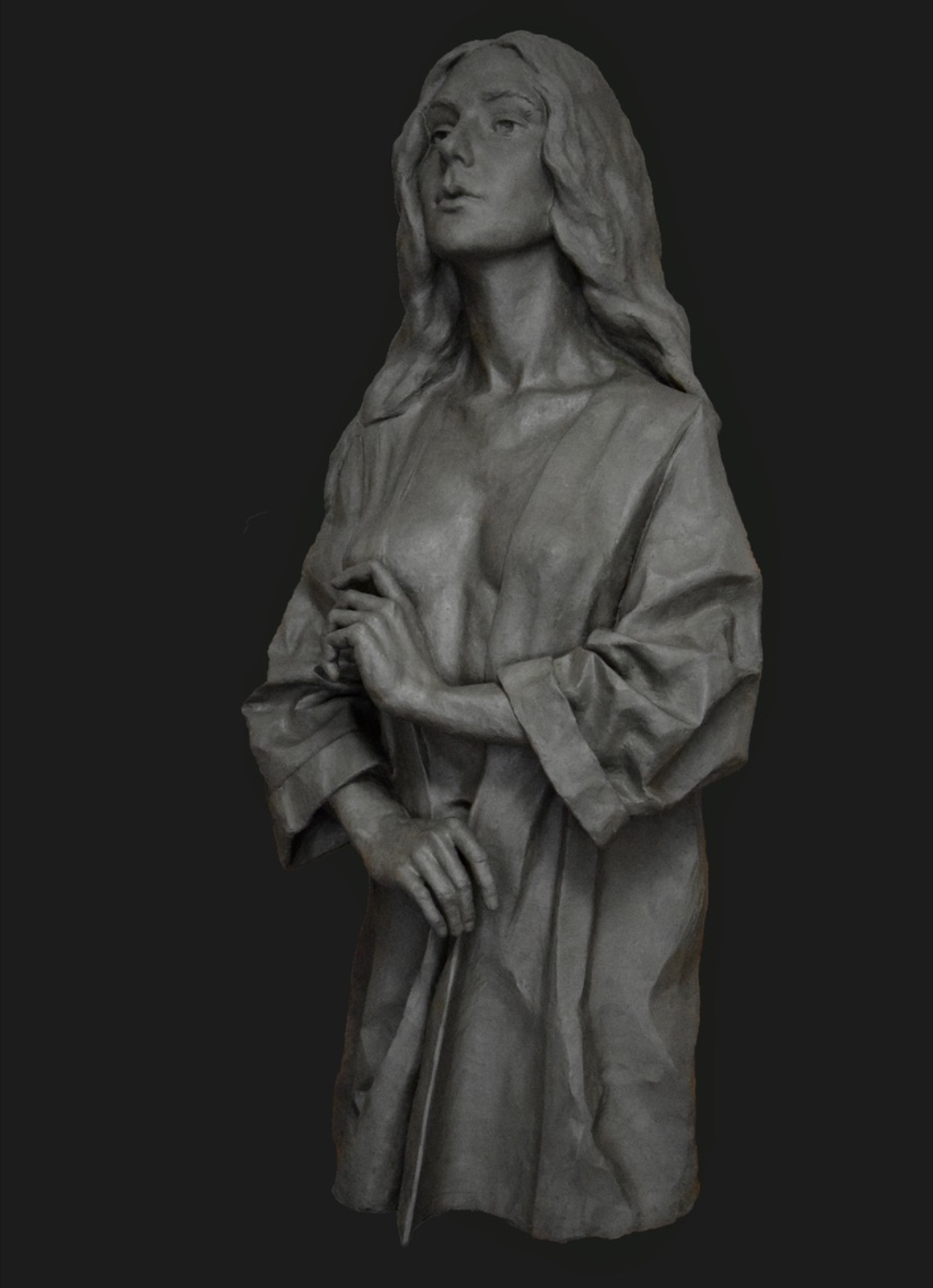
Is one born or made an artist? For me, there is no simple yes or no answer to that question. I think everybody is born with a certain talent or interest and then it comes to the surroundings you were born in. It makes a difference if that talent gets pushed and nourished. Part of that is whether or not the society you were raised in appreciates art. Although, it is also not enough to just have talent. There has to be a lot of passion and time dedicated to becoming an artist. It will not happen overnight.

Where do you get your inspiration from? I don’t just have one source of inspiration. Nature is a big part of my process. Also things which I find in nature like rock assemblies or roots of trees can inspire, most of the time I will bring some kind of natural element back from a hike.
Being in nature gives me time to sort out my ideas, my thoughts from what I have read, and my emotions. On the other hand, going to cities, and interacting with others impacts my work, such as the conversations I have and the expressive faces I see.
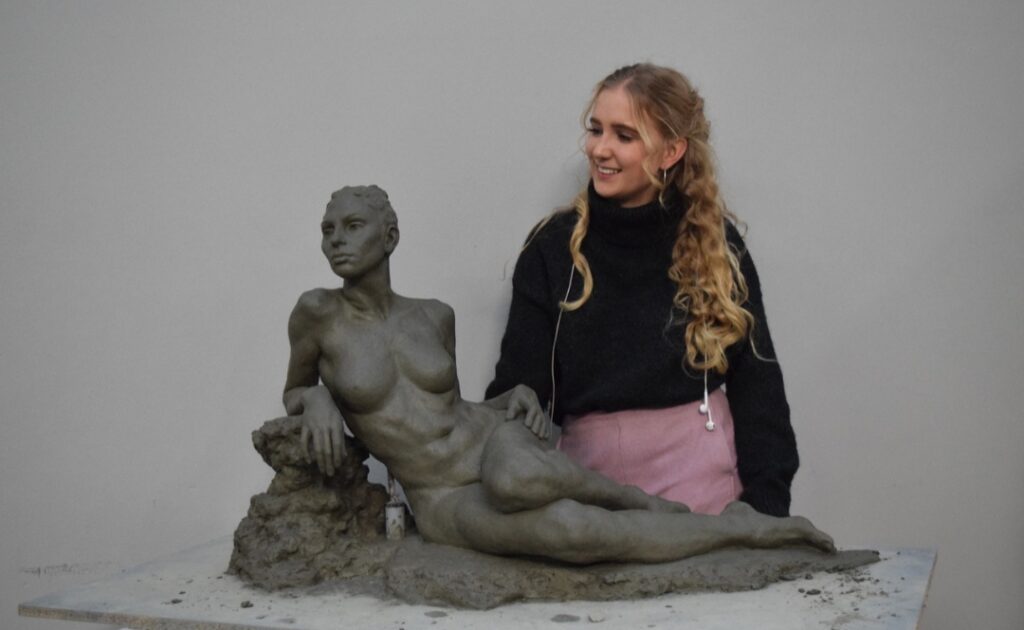
Are there celebrities or other artists who have influenced your work? Of course, teachers will influence your work to a certain degree, especially when you are studying traditional academic arts. But mainly, there are artists like Camille Claudel, Paolo Troubetskoy, and Medardo Rosso. Their work is so expressive and conveys so many emotions. It is truly amazing!
More recent sculptors, like Grzegorz Gwiazda are incredibly inspiring to me. Not just the skills but also their concepts and the meanings of why they create art.
What is the biggest challenge you have set for yourself as an artist? The biggest challenge is to not just be a craftsman, but an artist. For me, there is a difference between an artist and a craftsman. Ideally, I want to be both. Being very good at the technical aspect of sculpture but also convey meaning with my art and make people think or discover new ways of thinking.
How acceptable is Art in Greece today and what role is it called to play in public? Greece was the birthplace of traditional idolized human sculpture. You can see incredibly inspiring works in the Parthenon which houses some of the most inclusive sculptures covering stories out of Greek mythology. They then broke away from sculpting idolized humans and moved towards realistic arts. Figures standing in a contrapposto were not just used in the later renaissance but are still used as a common technique to learn more about human anatomy and proportions.
What are your future plans? I will finish my studies in Florence. As a long-term goal, I would love to be able to work in a studio and teach workshops surrounded by inspiring artists and be able to create new work.
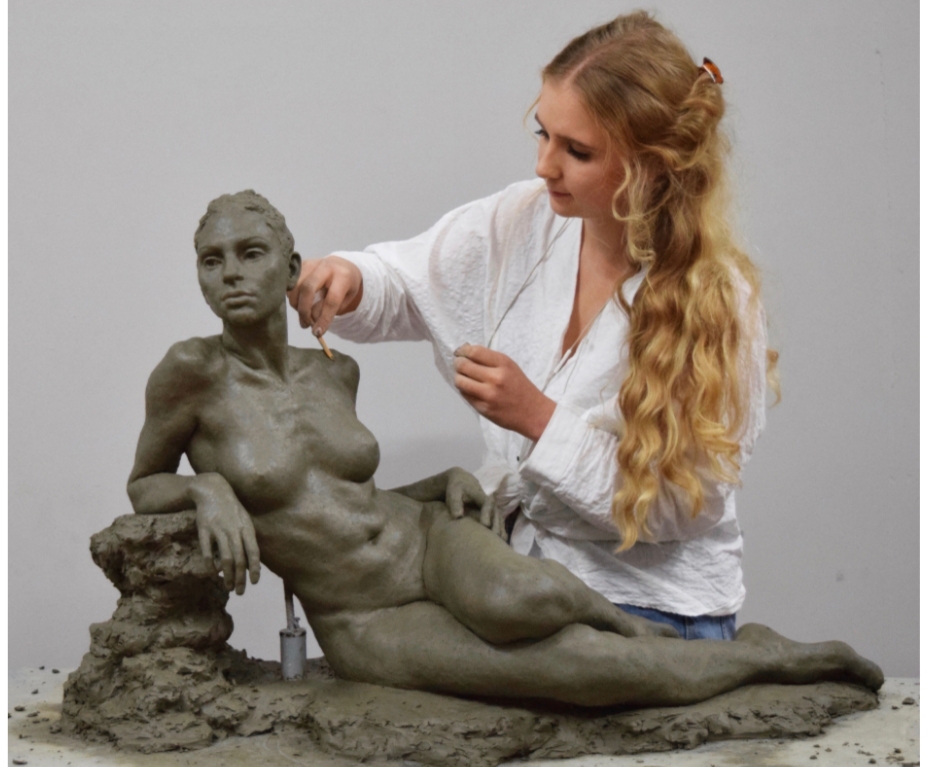
Biography and Art Proposal
Jana Büttner (b. Austria, 1997) is a German-Czech Sculptor currently attending The Florence Academy of Art, Italy.
Musisches GymnasiumSalzburg 2008 – 2012
HTL Hallein:
2012 – 2016: (Sculpting program)
Florenz Academy of Art:
2017-2020: (Sculpting program)
Every person has a different experience viewing a piece of art; some experience visual pleasure, others see themselves , creating an instant connection with the piece. If the viewer experiences either of these he appreciates the works value. She strives to encompass all this in her work by working with the human figure and expressing herself through it in an artistic way.
When it comes to ideas, not just visible experience such as found in nature , but also listening and reading are important sources for her. Among other things that includes music and stories either written down or told by people she meets. These ideas stay in her mind at the beginning, some of them are laid aside and others eventually grow up to images and grow into something 3 demential, something touchable . A developmental that fascinates her.
The main material she works in is the material clay . It shrinks over time, cracks and begins to fall apart. This shows a clear connection to human existence.
We humans are strong and resilient, that’s how nature created us. We are part of it. We are no different from what surrounds us. A constant cycle of decline and growth. Our bodies will fall apart in the end. Jana feels a deep connection with this material. It gives her the the opportunity to express herself with her bare hands. She likes simplifying certain parts of the sculpture experimenting with different textures and blending forms together. „It’s like reading a book, you don’t have to read every single word to understand it, it’s enough to read the first and the last letter and your brain knows what the word means“. She tries to attempt the same thing with her work through blending edges and unifying forms. The beauty of working from life is that the pose constantly changes as the model moves. Although this is challenging, it also lets her choose which moment she wishes to capture. This choice can range from vulnerable to powerful.
Her goal is it to provoke emotions and encourage empathy in the viewer. The viewer should be engaged by the work, so s/he can identify themselves within it. The three-dimensionality and the
space that sculptures occupy can create a natural presence. This has the potential to allow for an emotional connection with the viewer. Figurative works in particular can speak to us precisely because we can recognize ourselves. That is why She likes to work with live models: each viewer can find themselves to a degree in her work.
Exhibitions and Awards
2018:
• „Symbiose“ The “ART SPACE” Hallein
• „Your every movement“ The “ARTE” Salzburg
2019:
• “Face 2019,“ Society of portrait sculptors, La Galleria Pall Mall London „Figurativas 2019“.
• MEAM Museum, Barcelona
• „ ARC Salon“ Finalist
• Third Year Scholarship at the Florence academy of art
• Second price for sculpture of the Year „Florence academy of art“
• „ARC Scholarship“ Winner
• „ARTLAB 2019“, Galerie Benjamin Eck, Munich
Teaching evening sculpture next to Mitch Shea (Director) at the Florence academy of art (2019)
Teaching drawing as part of the faculty. (2021)
Teaching Workshops: One week portrait sculpture workshop, Galerie Benjamin Eck, Munich.
Her work is represented in private collections in Dubai, Germany, London, Austria, Czech.





